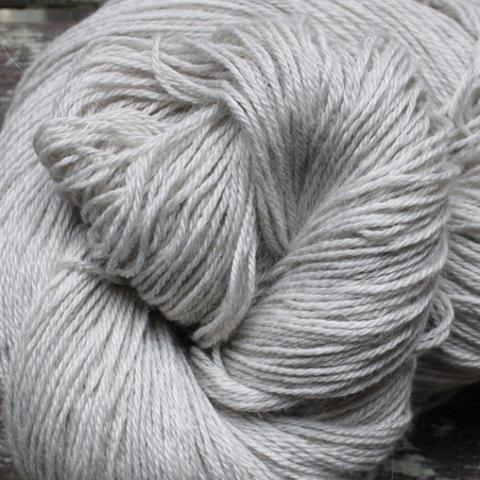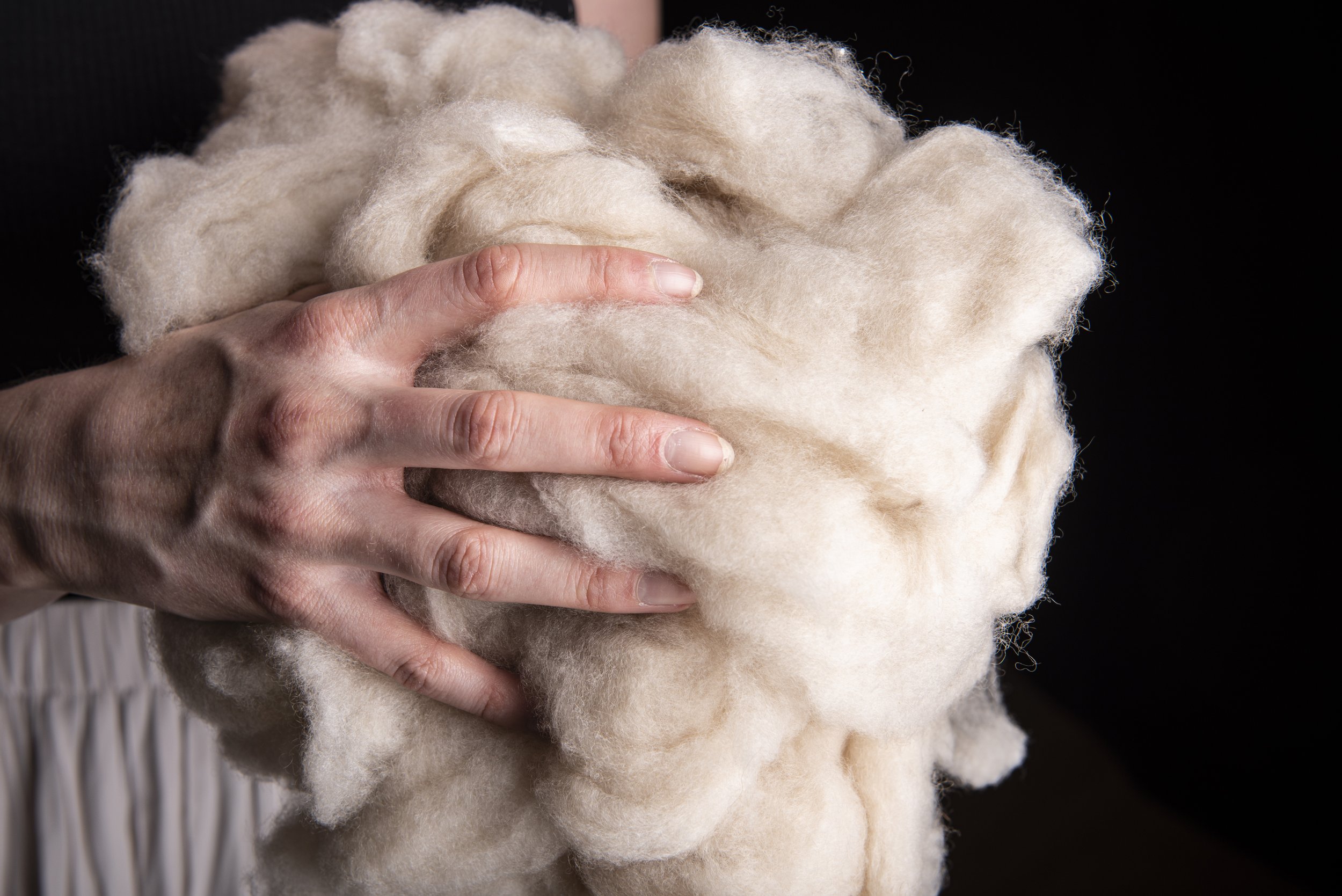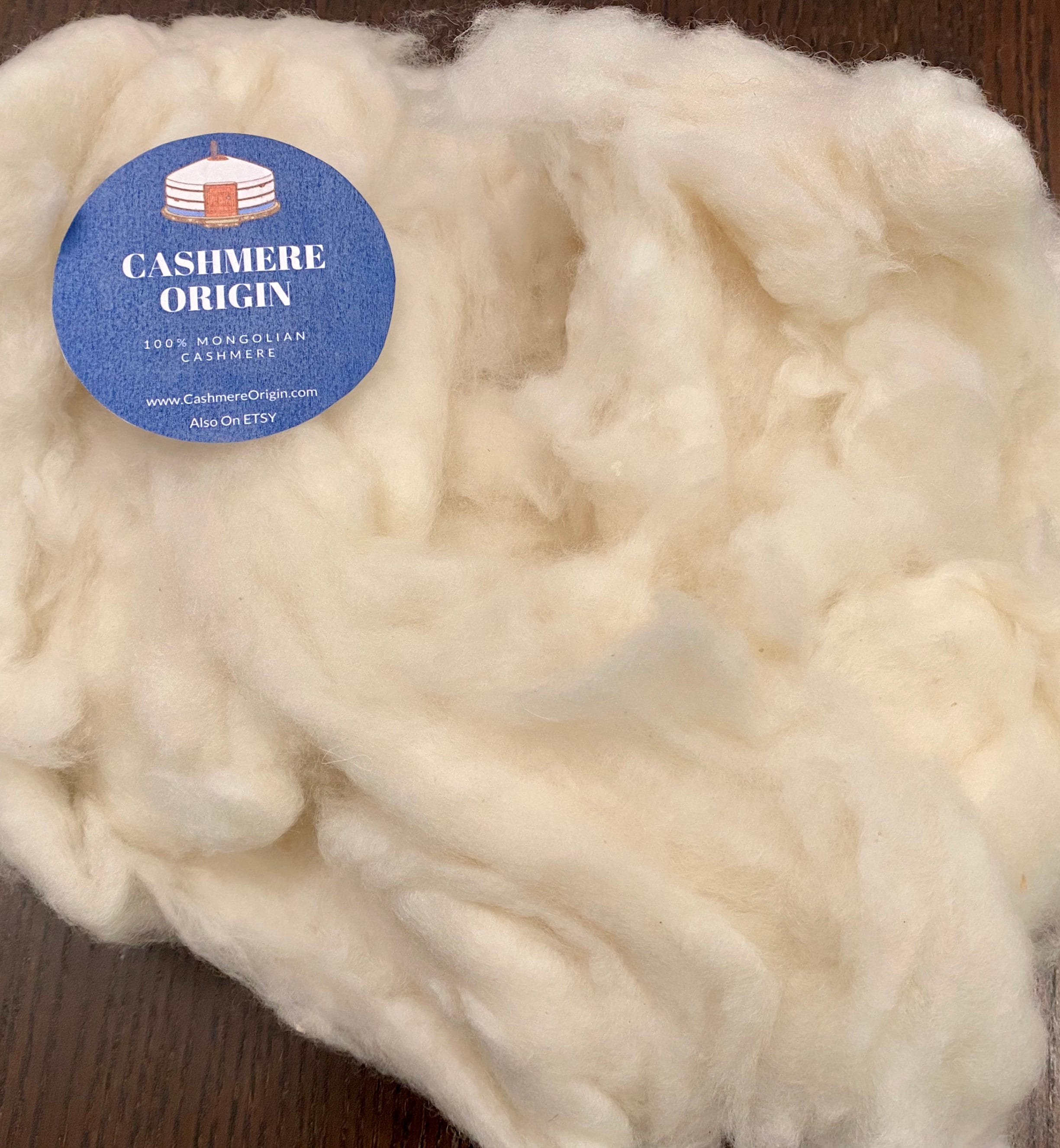Recognizing the Different Kinds of Cashmere a Natural Fiber and Their Special Advantages

The Beginnings of Cashmere: A Historic Summary
While the glamorous touch of cashmere proceeds to appeal modern-day customers, its beginnings map back to the harsh, cold climates of Mongolia and the Himalayas. For centuries, the native individuals of these areas have actually been elevating Capra Hircus goats, the prime source of cashmere wool. These goats, durable against the extreme winter seasons, grew a great undercoat to endure, which later on ended up being recognized as cashmere.

The Manufacturing Refine: From Goat to Garment
Shearing a Capra Hircus goat marks the beginning of the elaborate cashmere manufacturing procedure. This delicate procedure typically happens as soon as a year during spring. The penalty, soft undercoat is after that separated from the coarser outer hair, a procedure referred to as dehairing. The resultant raw cashmere is then washed to remove pollutants such as veggie, dust, and grease issue.
The clean fiber goes through dyeing, spinning, and weaving, or knitting, to transform it into a material. Complicated treatments such as quality assurance checks and ending up procedures follow, ensuring the end product maintains the glamorous requirement expected of cashmere. This painstaking procedure, from goat to garment, warrants the high price connected to cashmere items, making them an icon of luxury and improvement.
The Numerous Kinds Of Cashmere: A Thorough Analysis

The Distinct Benefits of Cashmere: Convenience and Sustainability
Relocating from the selection of cashmere types to the benefits they provide, comfort and sustainability stand out plainly. Cashmere, a natural fiber, is renowned for its unrivaled gentleness, supplying a degree of comfort that synthetic fibers can't match.
When it pertains to sustainability, cashmere is eco-friendly and sustainable, as it's gathered from cashmere goats that regrow their layers every year. what is cashmere. Unlike synthetic fibers which can take centuries to break down, cashmere's impact on the environment is marginal. This mix of convenience and sustainability makes cashmere a helpful choice for conscious consumers

Taking Care Of Your Cashmere: Upkeep and Preservation Tips
While cashmere is definitely a luxurious and sustainable selection, it calls for particular care to keep its high quality and expand its life expectancy. To start, cashmere ought to be hand cleaned making use of cool water and great post to read a mild detergent. Cashmere things need to be stored in a dry and great area, away from straight sunshine and wetness.
Spending in Cashmere: Comprehending Its Worth and Worth
Although cashmere may at first look like a costly investment, its long-lasting worth and worth ended up being obvious when you consider its exceptional top qualities. Recognized for its unmatched gentleness and warmth, cashmere is a premium all-natural fiber that surpasses various other materials. Its high need and minimal supply add to its high rate, however its longevity ensures it lasts for several years, supplying excellent worth for cash. Cashmere pieces are ageless, usually becoming antiques gave through generations. what is cashmere. Its all-natural shielding residential or commercial properties offer heat without the bulk of artificial fibers. Purchasing cashmere, for that reason, is not nearly existing fashion trends, yet about accepting a sustainable, long-lasting, and lavish way of living.
Conclusion
In summary, the kind of cashmere one chooses, be it Mongolian, Chinese, or Italian, is dictated by specific choices for warmth, sustainability, budget, and luxury. Understanding the beginnings, production process, and unique advantages of various kinds of cashmere can direct customers in their investment in this glamorous natural fiber.
Whether it's the remarkable heat of have a peek at this site Mongolian cashmere, the affordability of Chinese cashmere, or the eco-conscious manufacturing of browse around here Italian cashmere, there's a story to be found behind each fiber type. Cashmere, an all-natural fiber, is renowned for its unrivaled softness, providing a degree of convenience that artificial fibers can not match.When it comes to sustainability, cashmere is biodegradable and renewable, as it's harvested from cashmere goats that regrow their coats each year. Recognized for its unequaled soft qualities and warmth, cashmere is a costs natural fiber that exceeds various other products. Understanding the beginnings, production procedure, and special advantages of different types of cashmere can direct consumers in their financial investment in this elegant natural fiber.